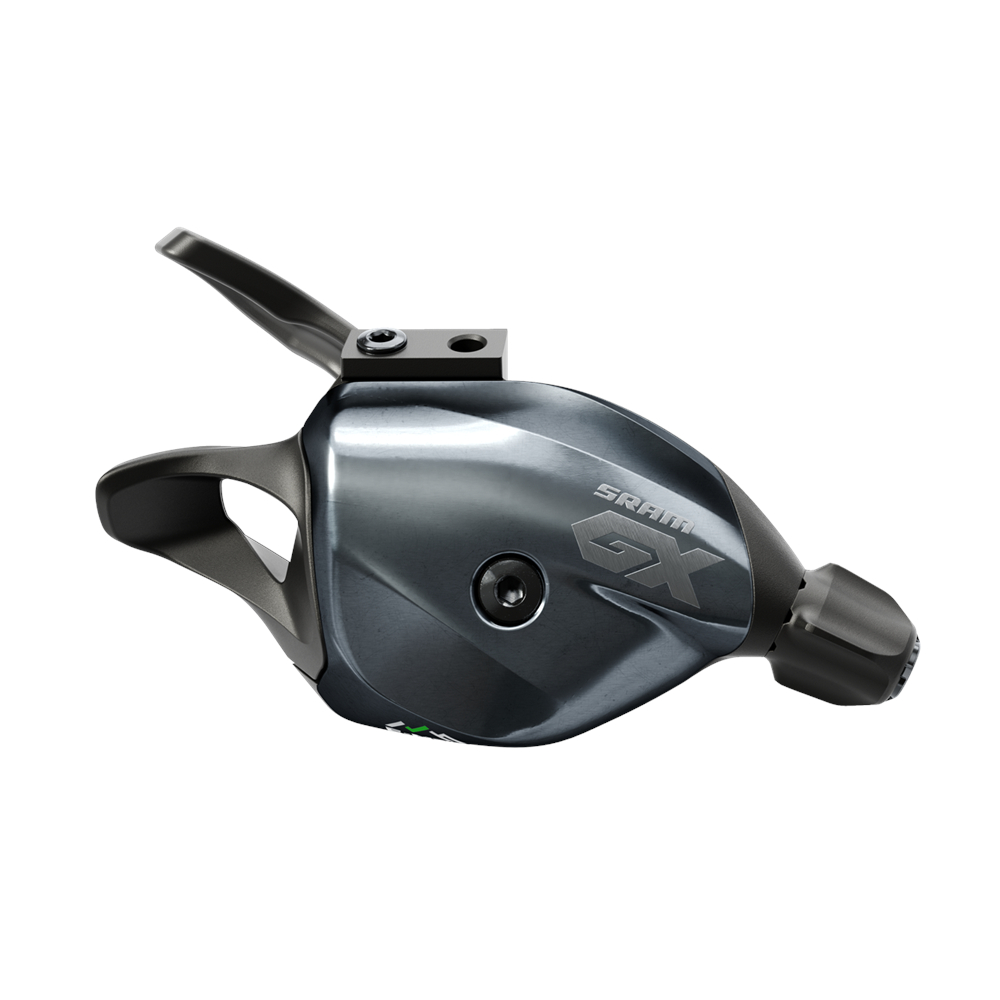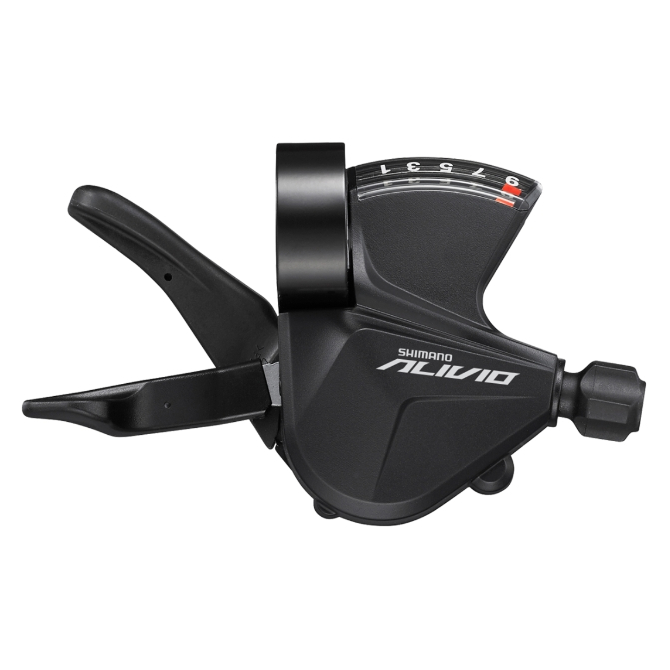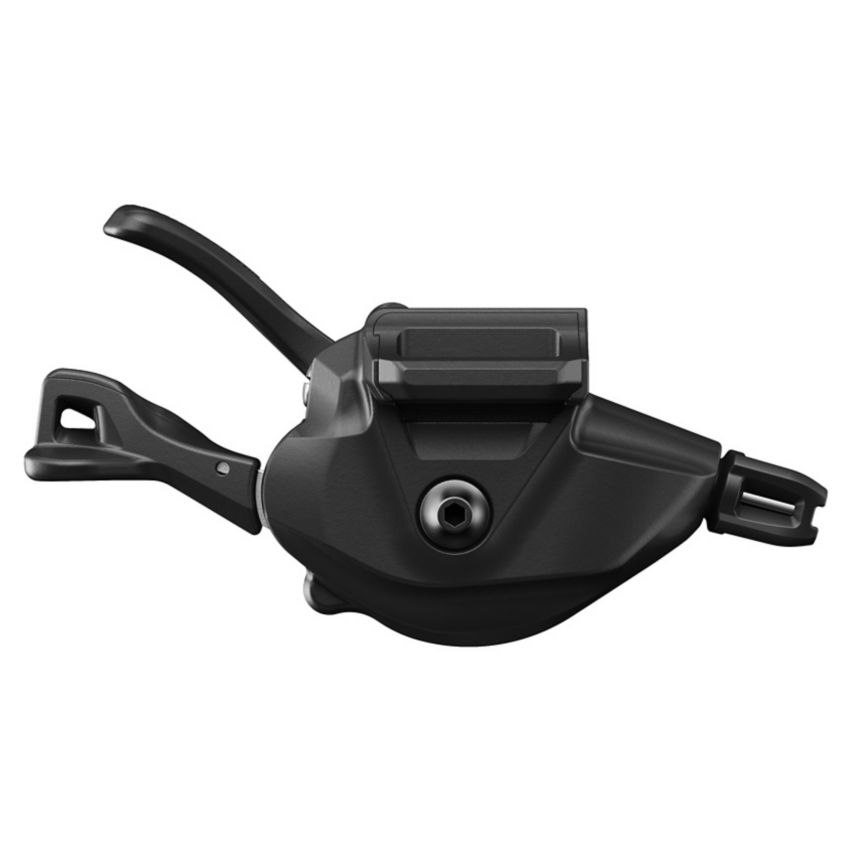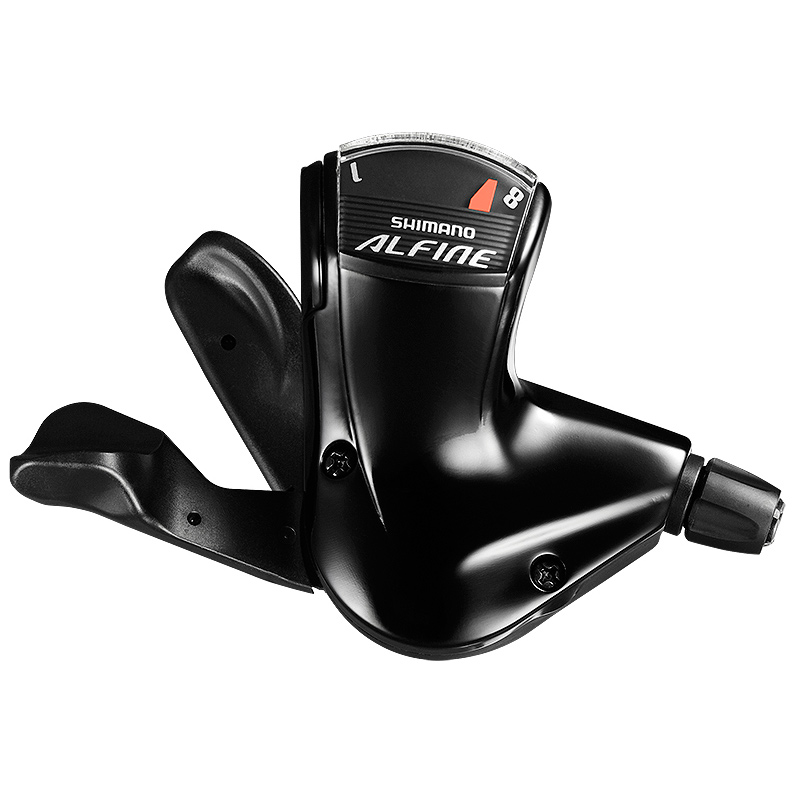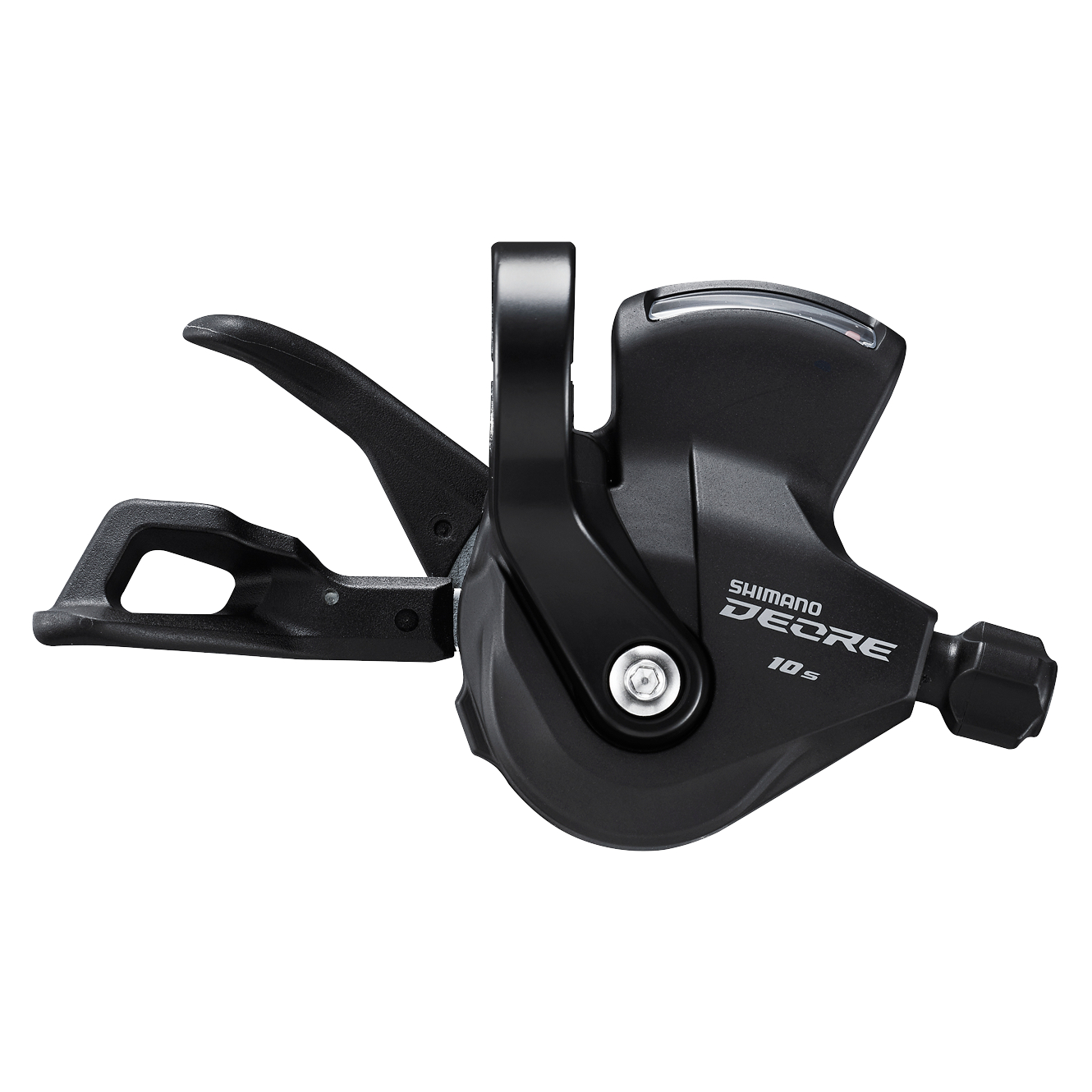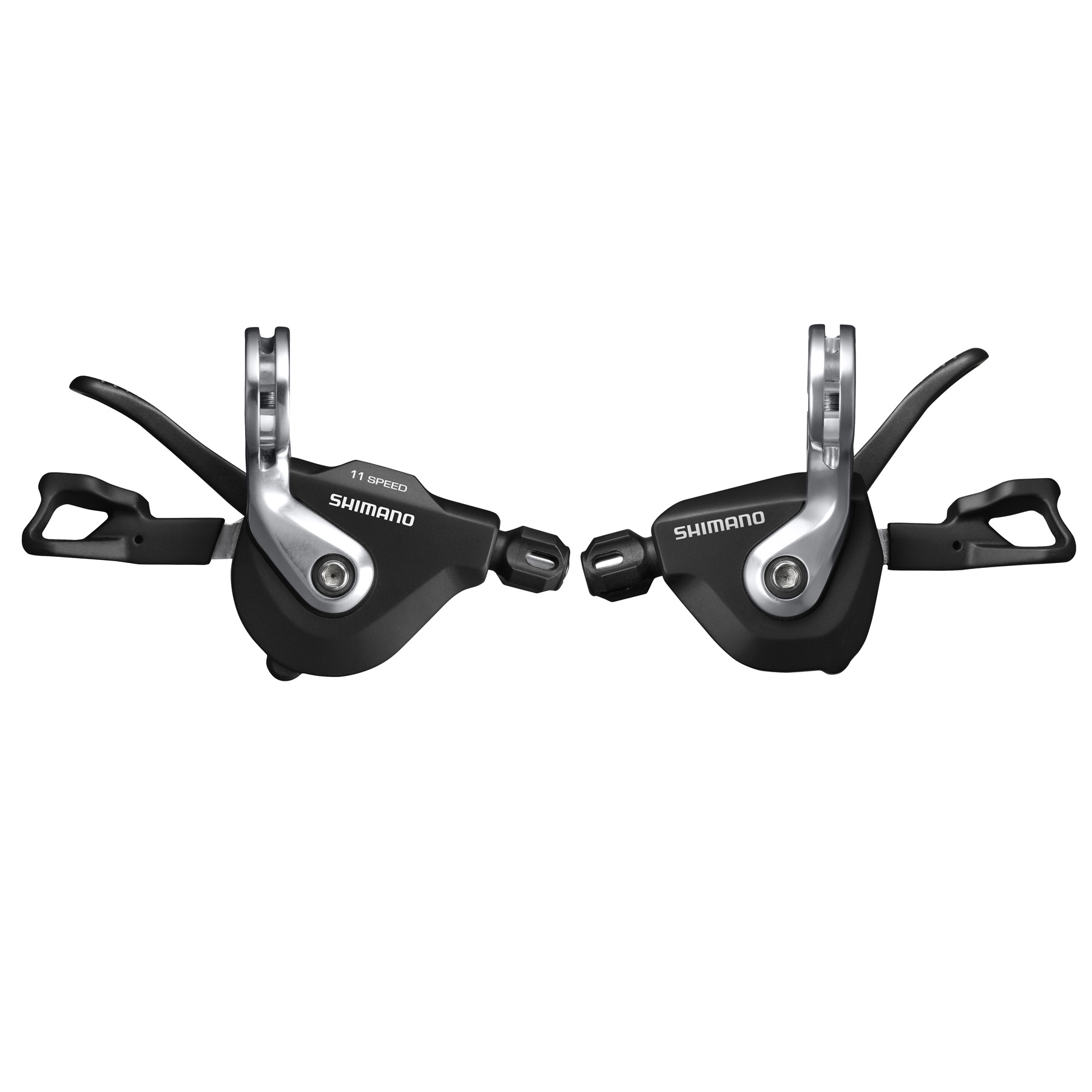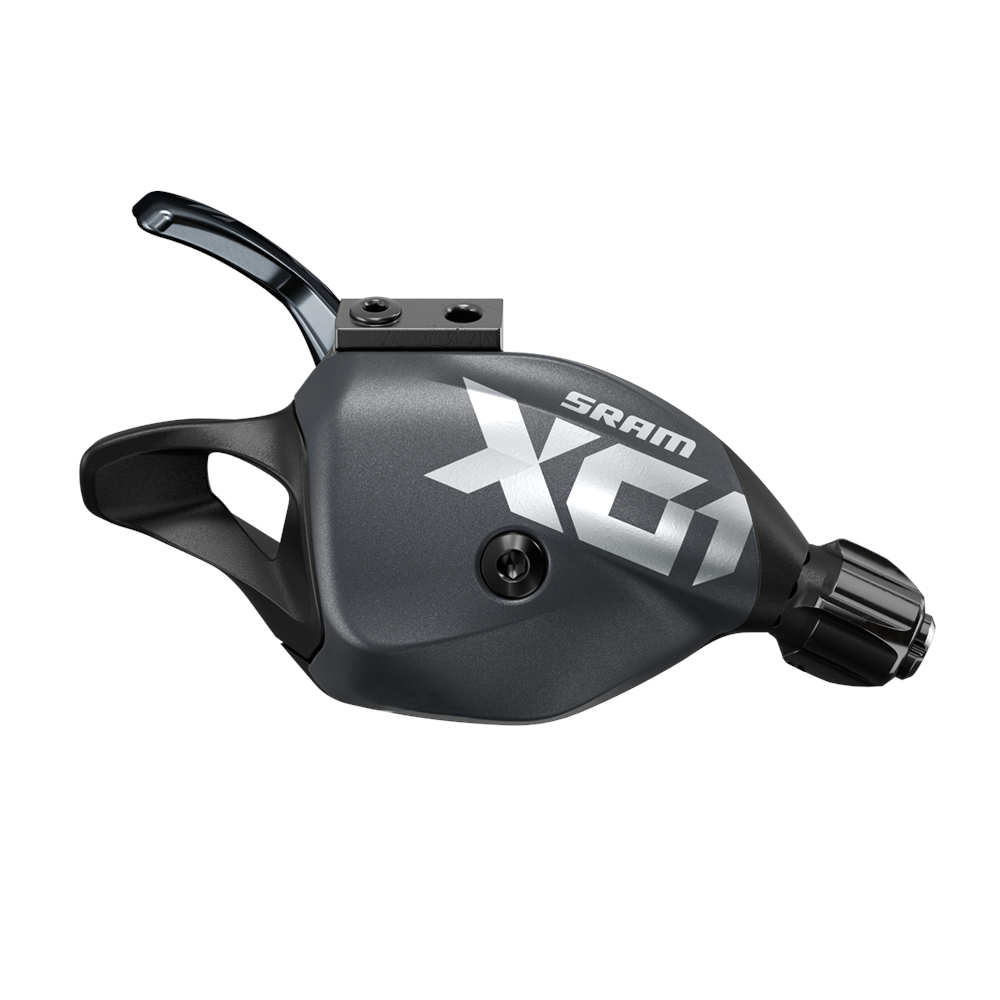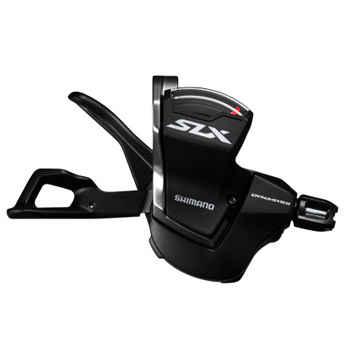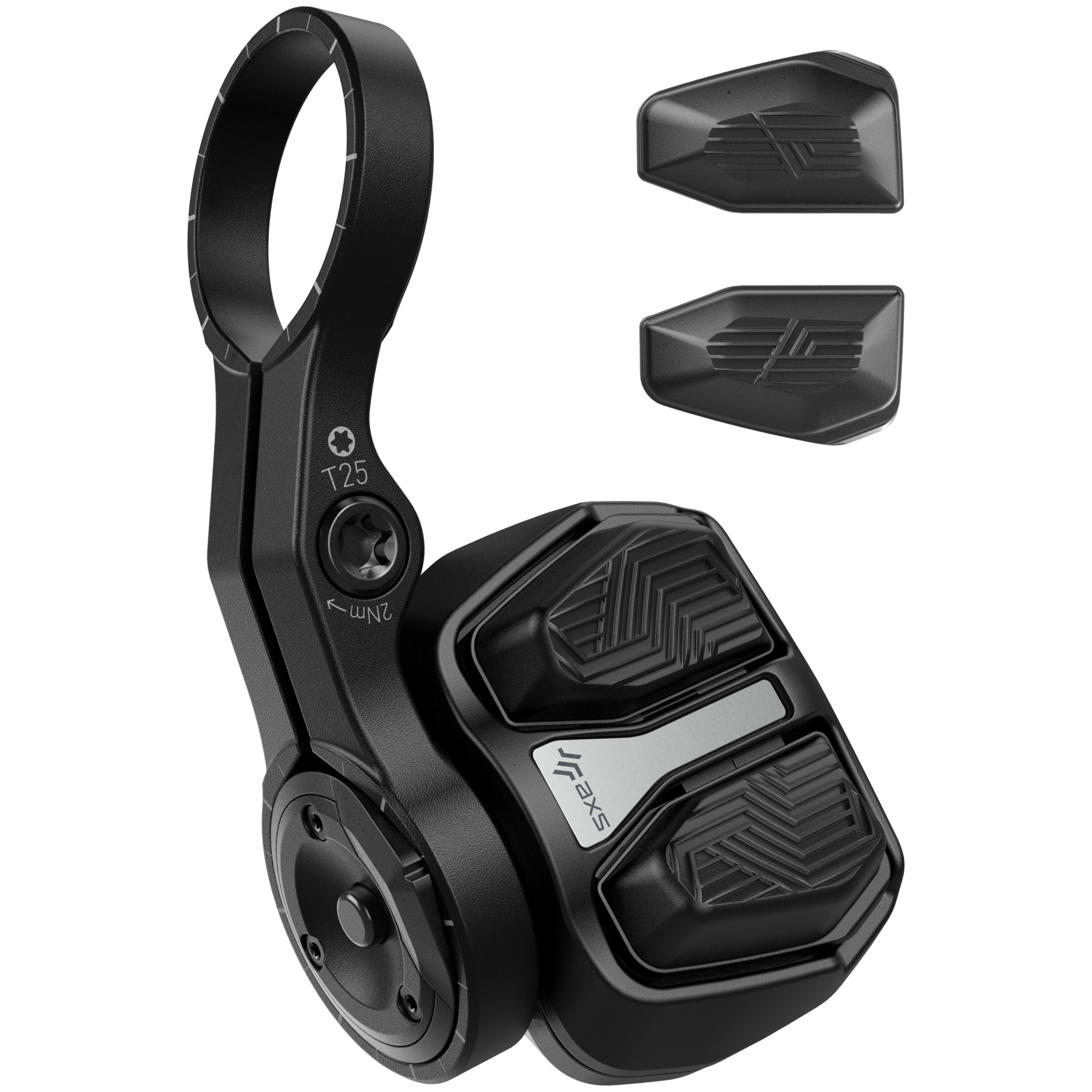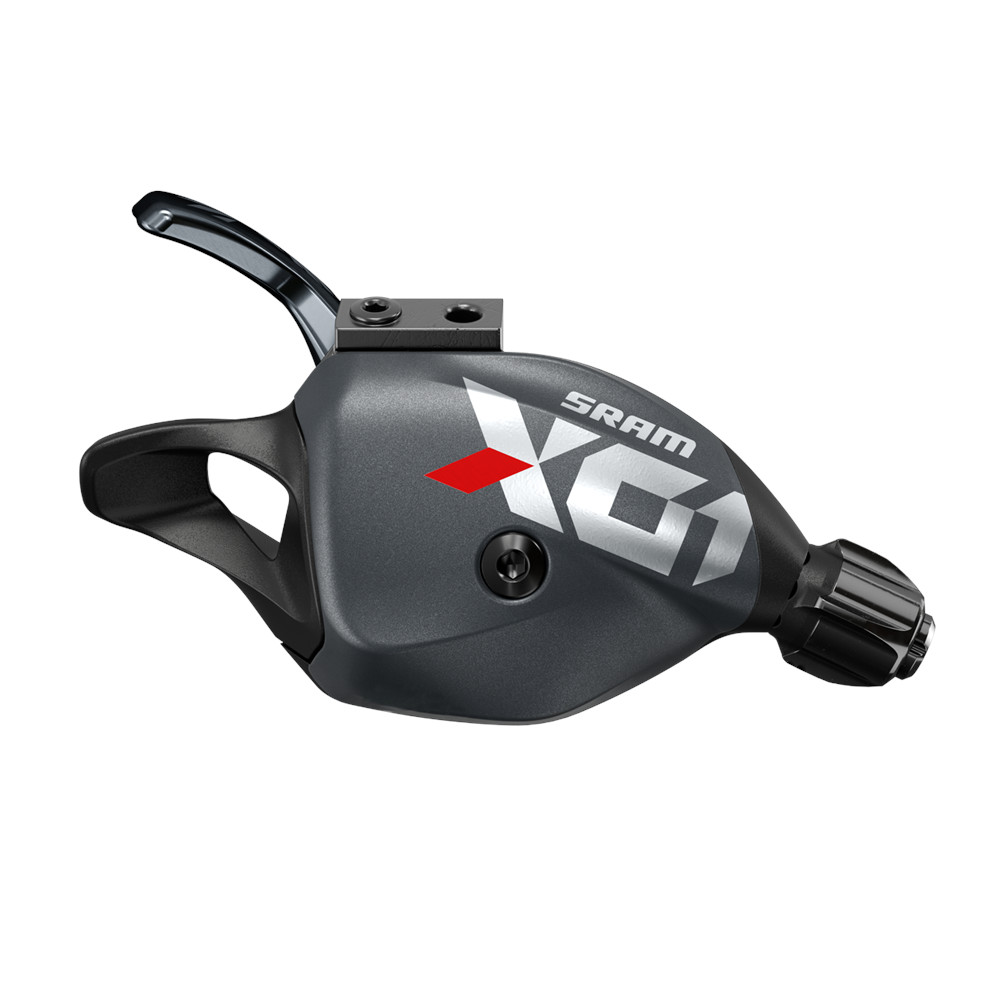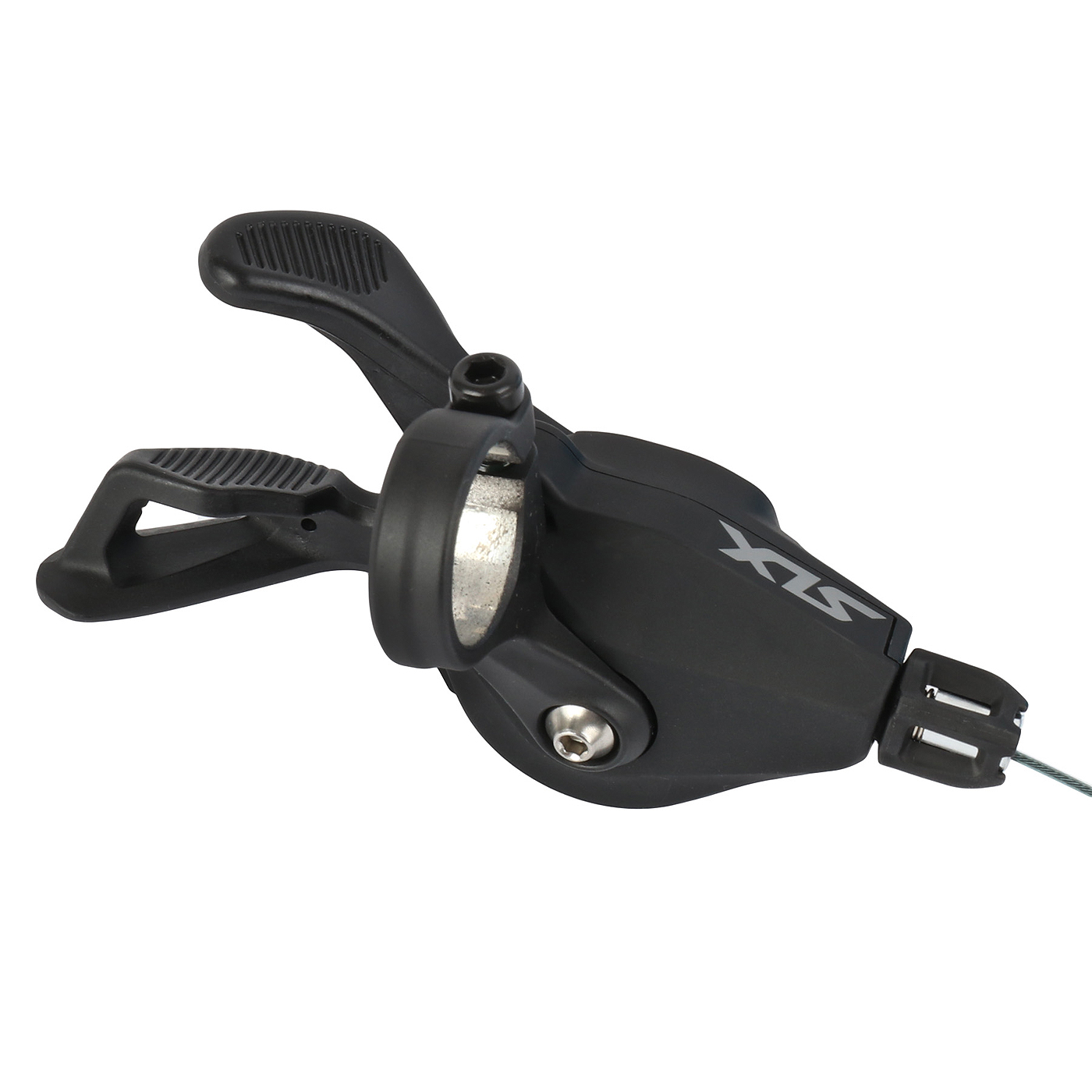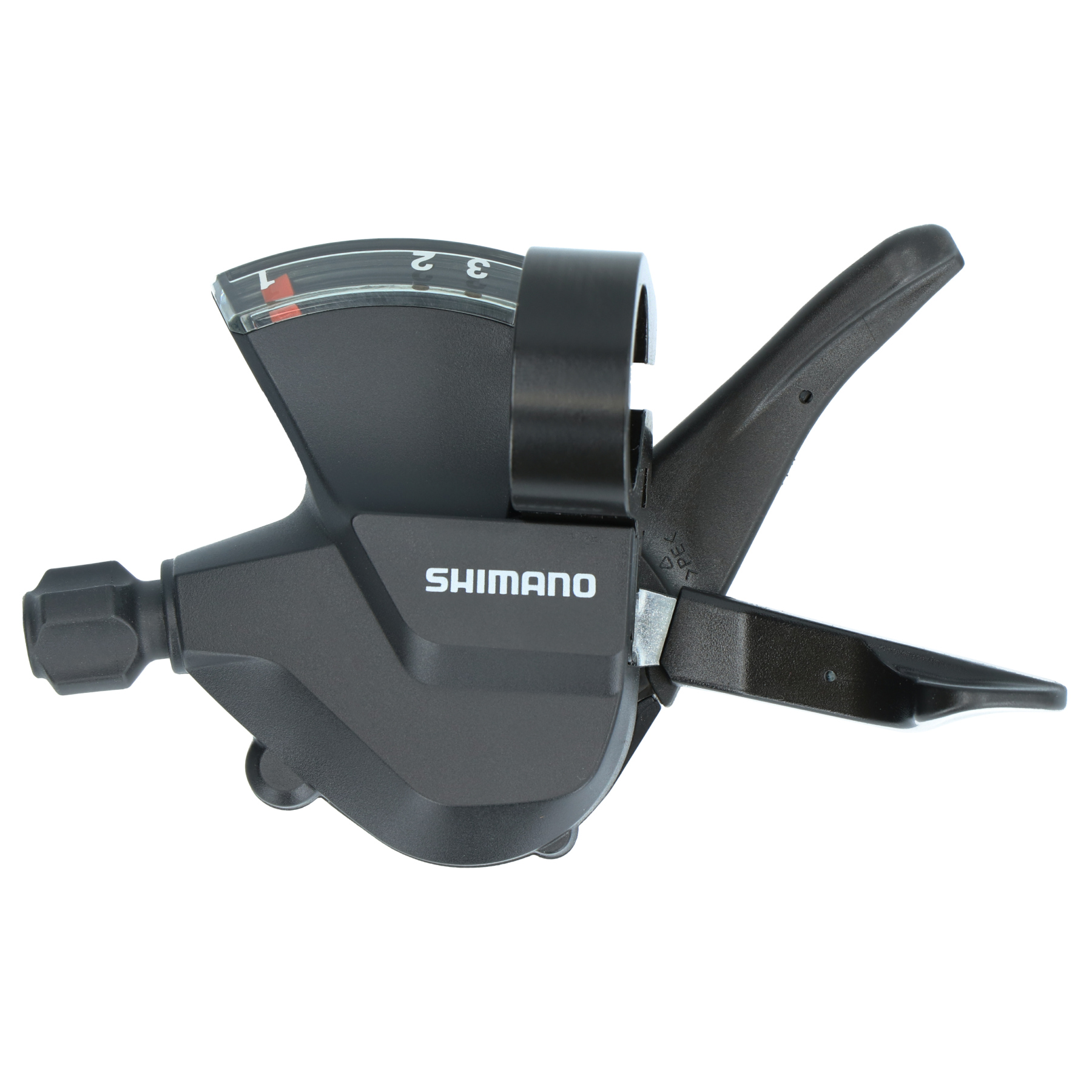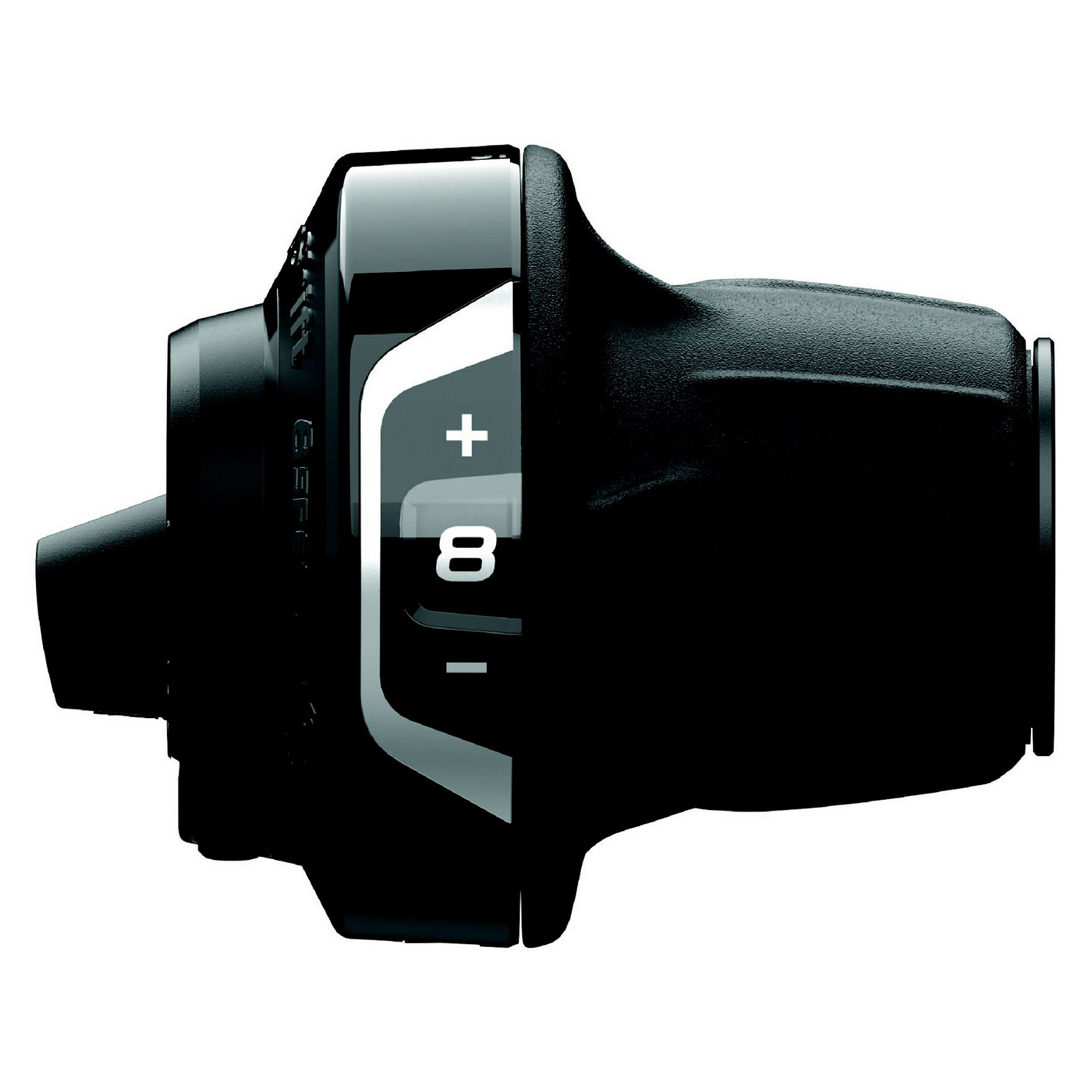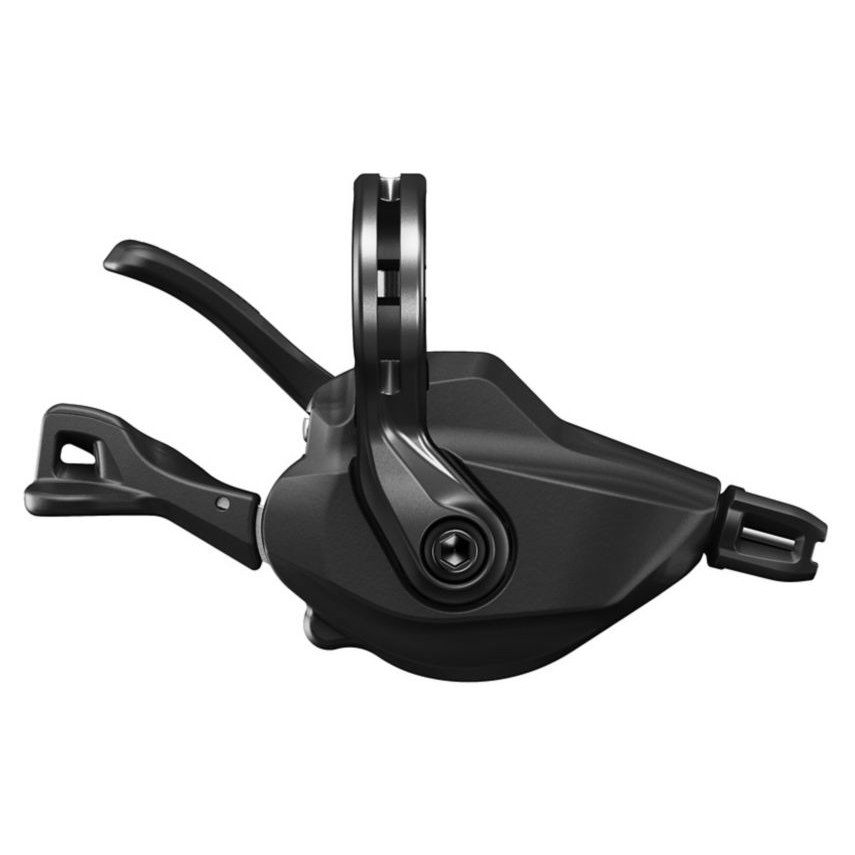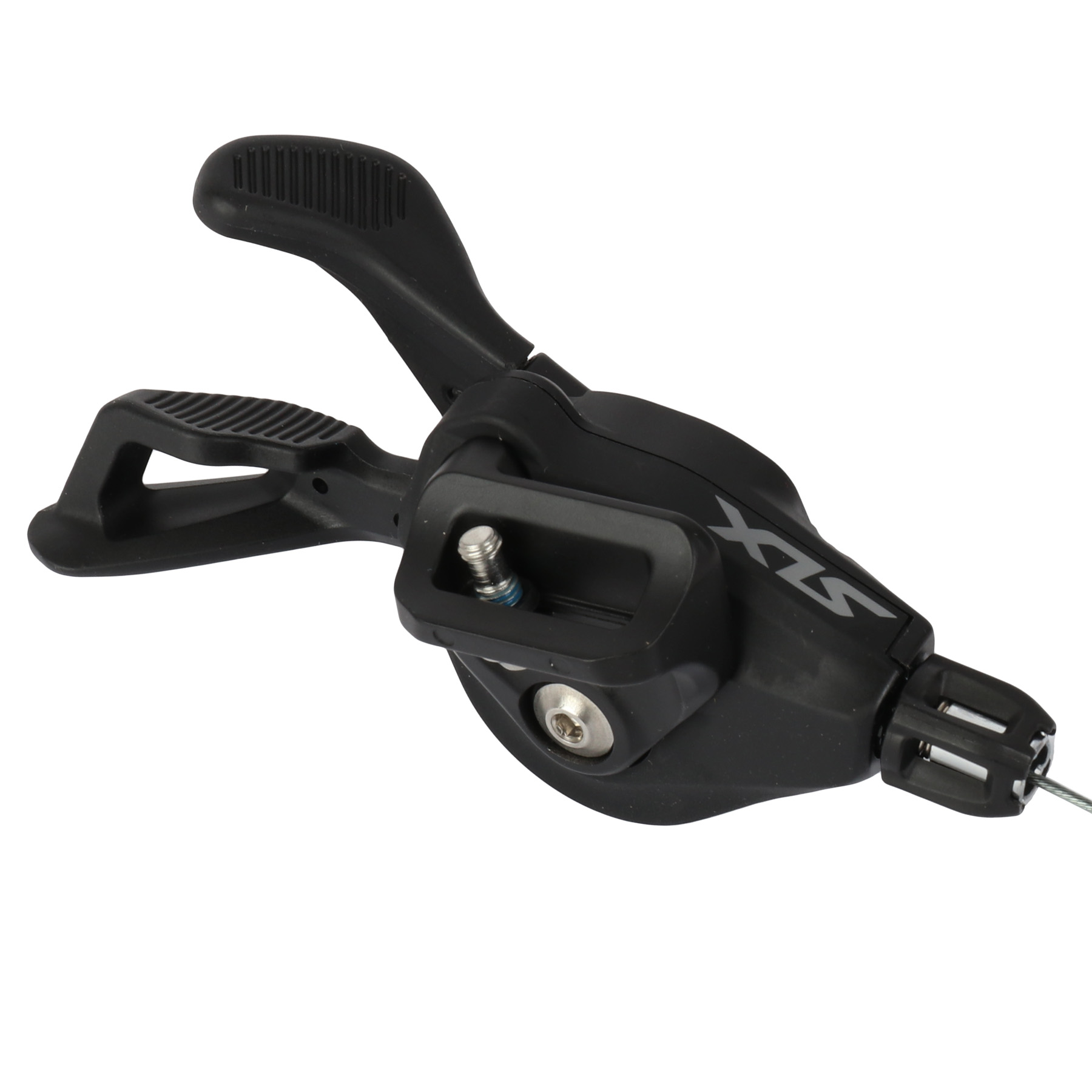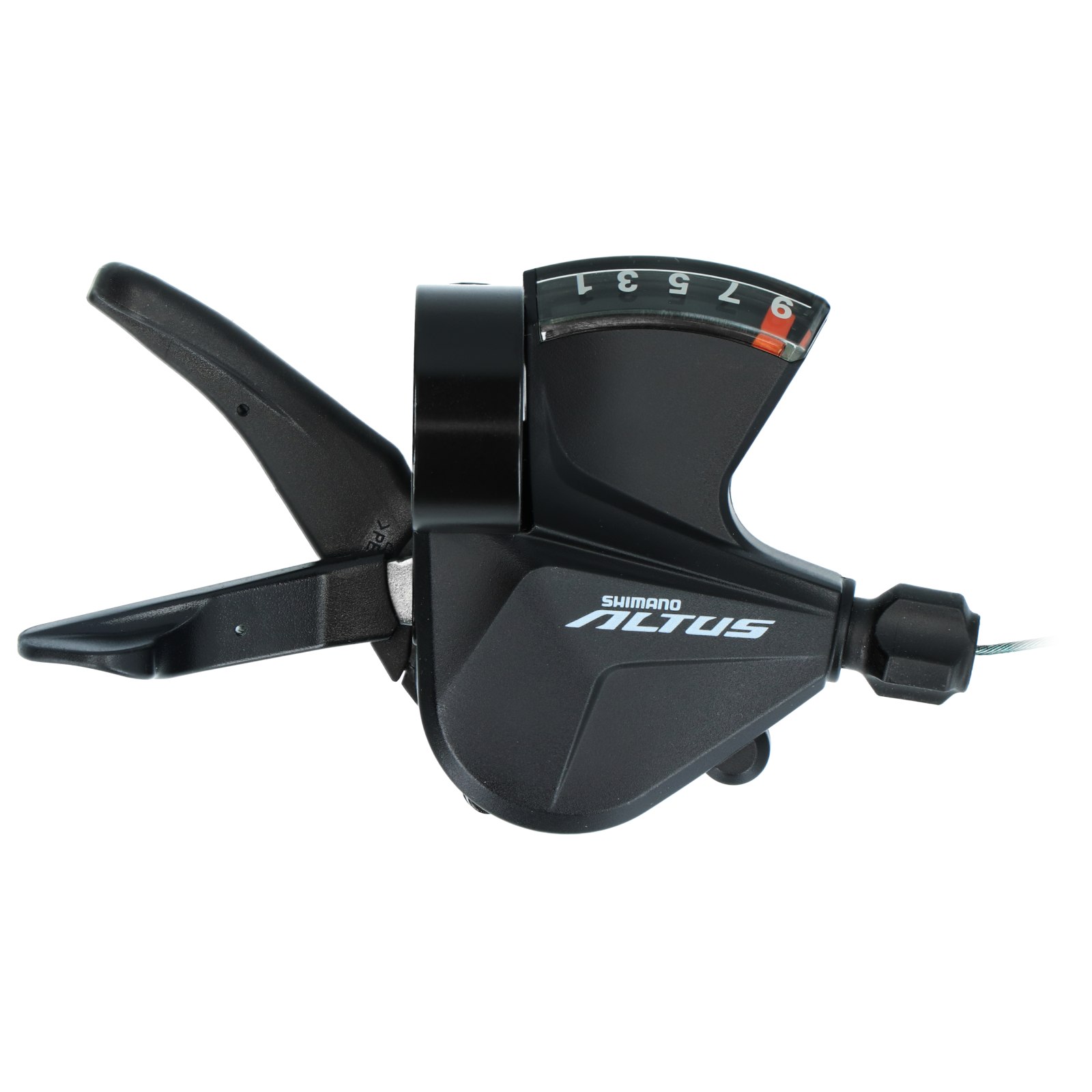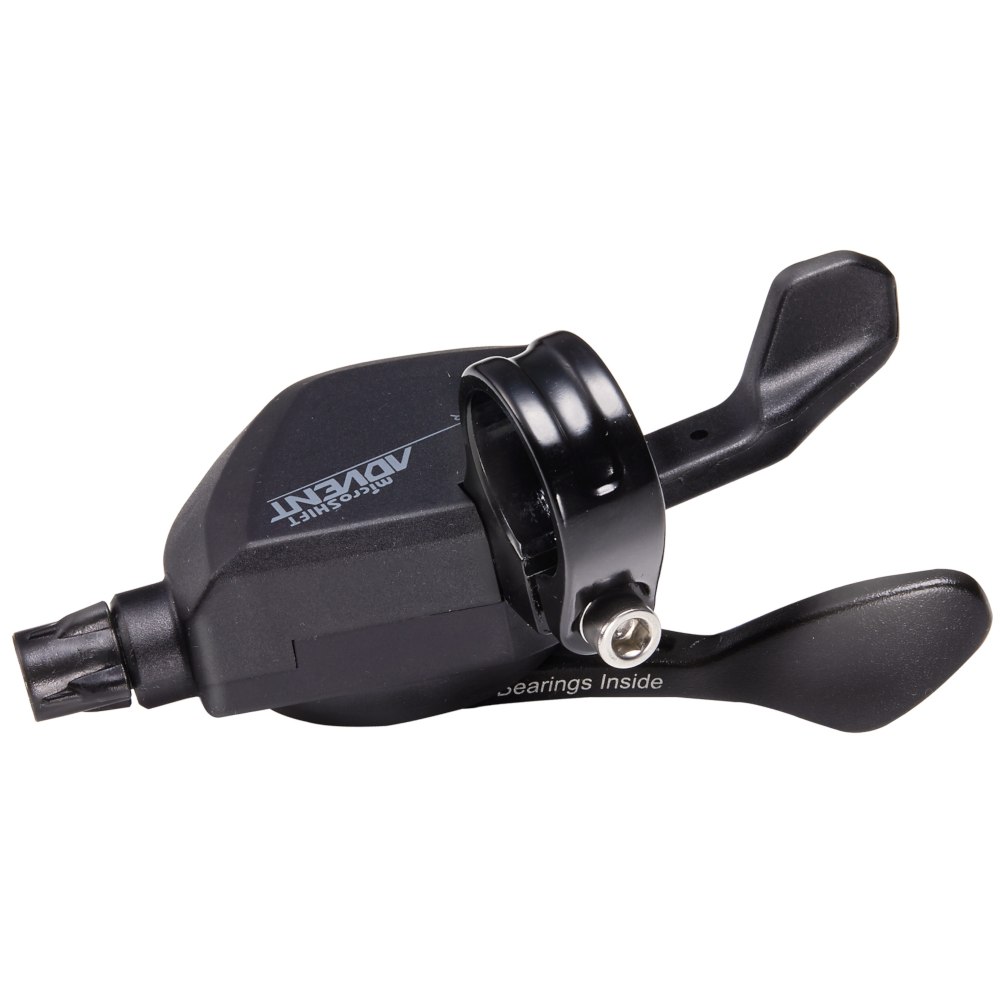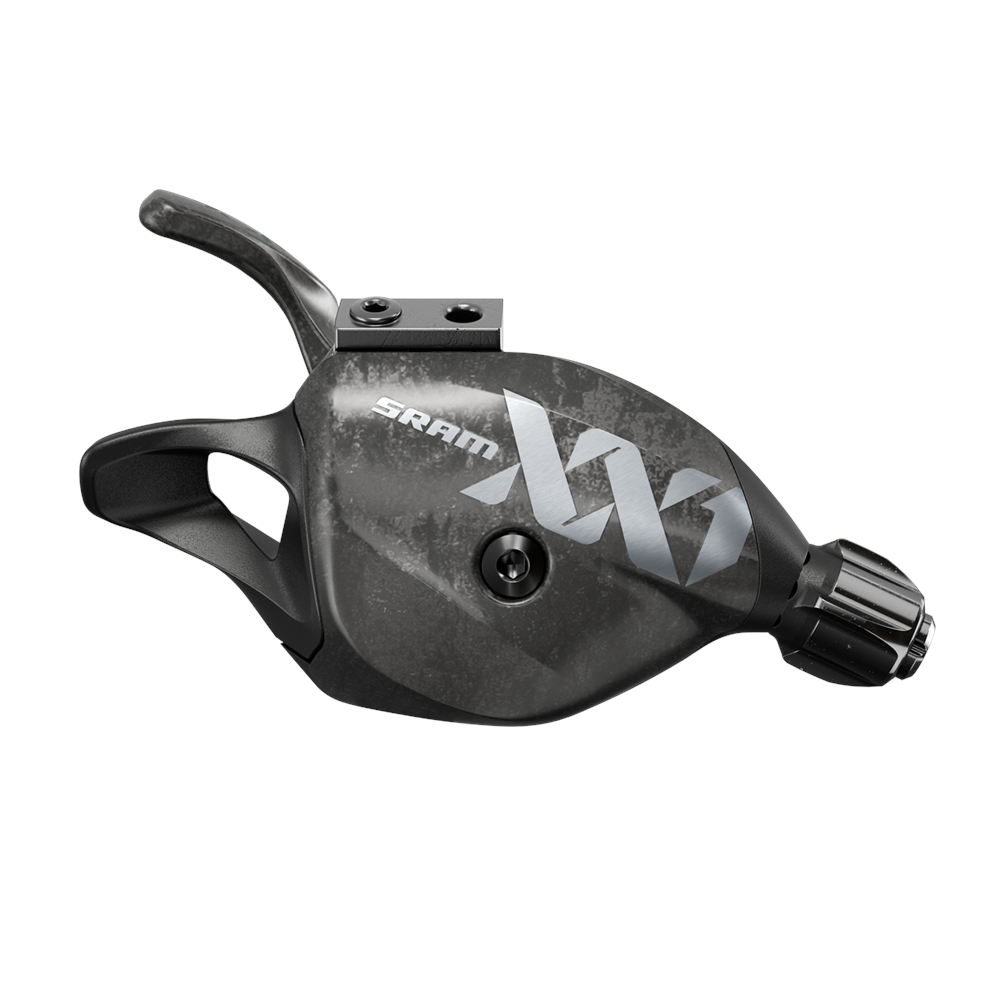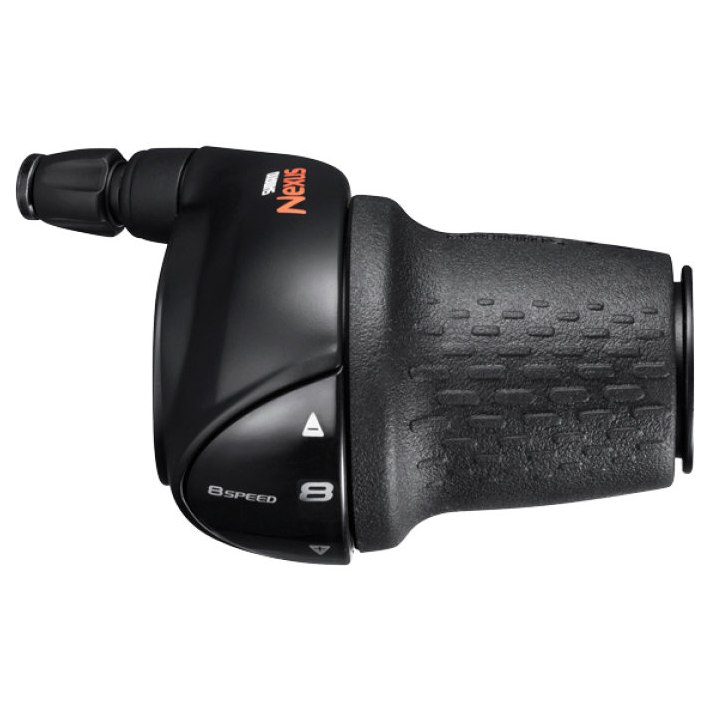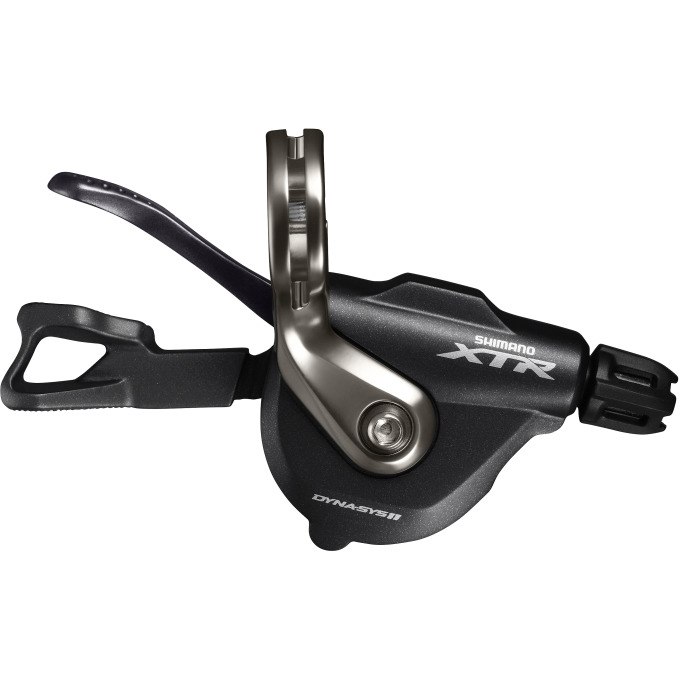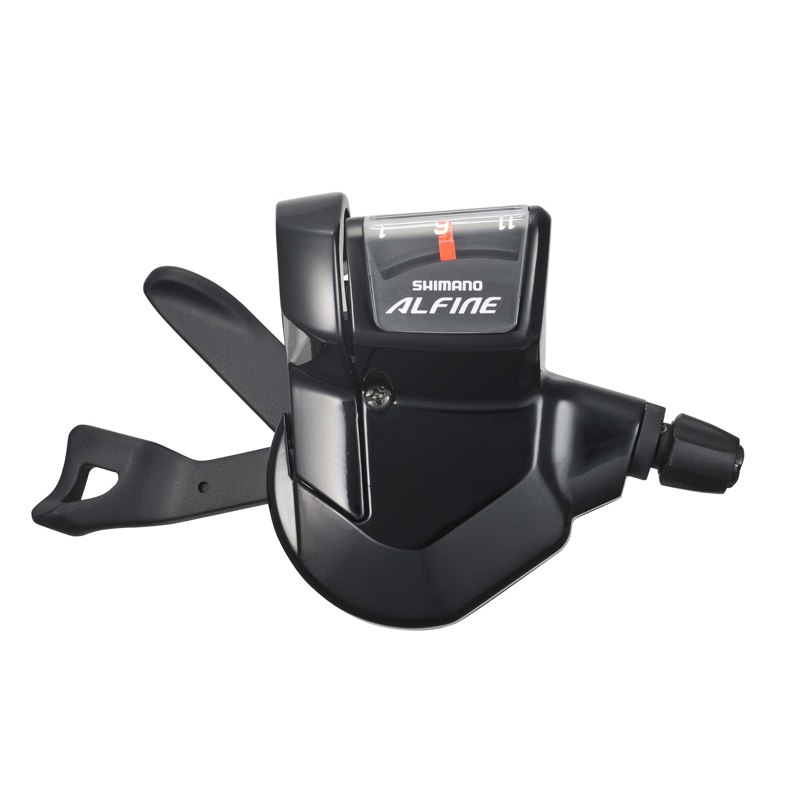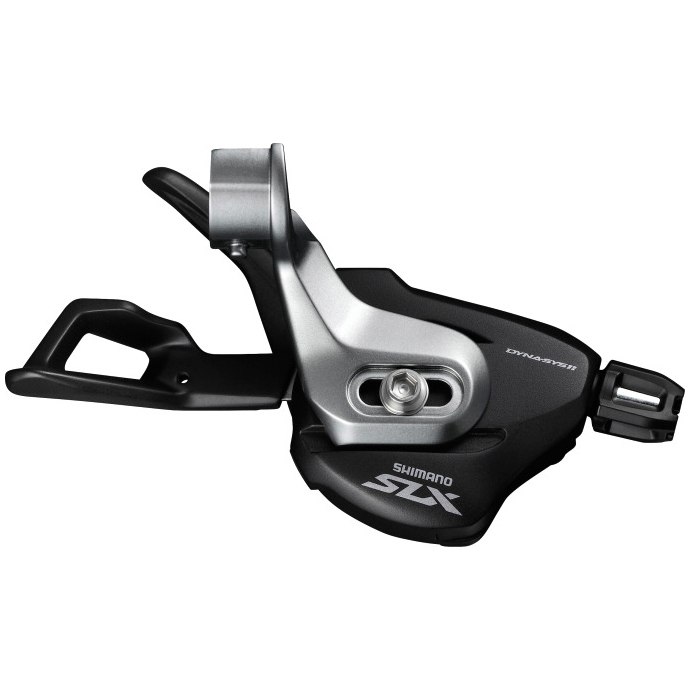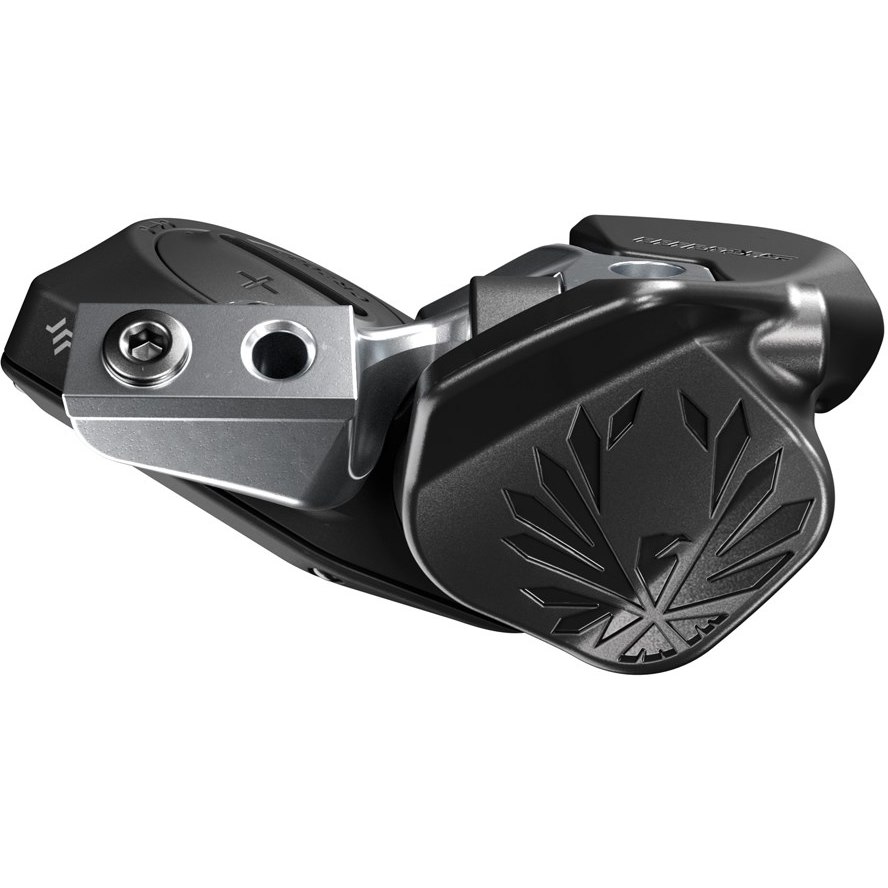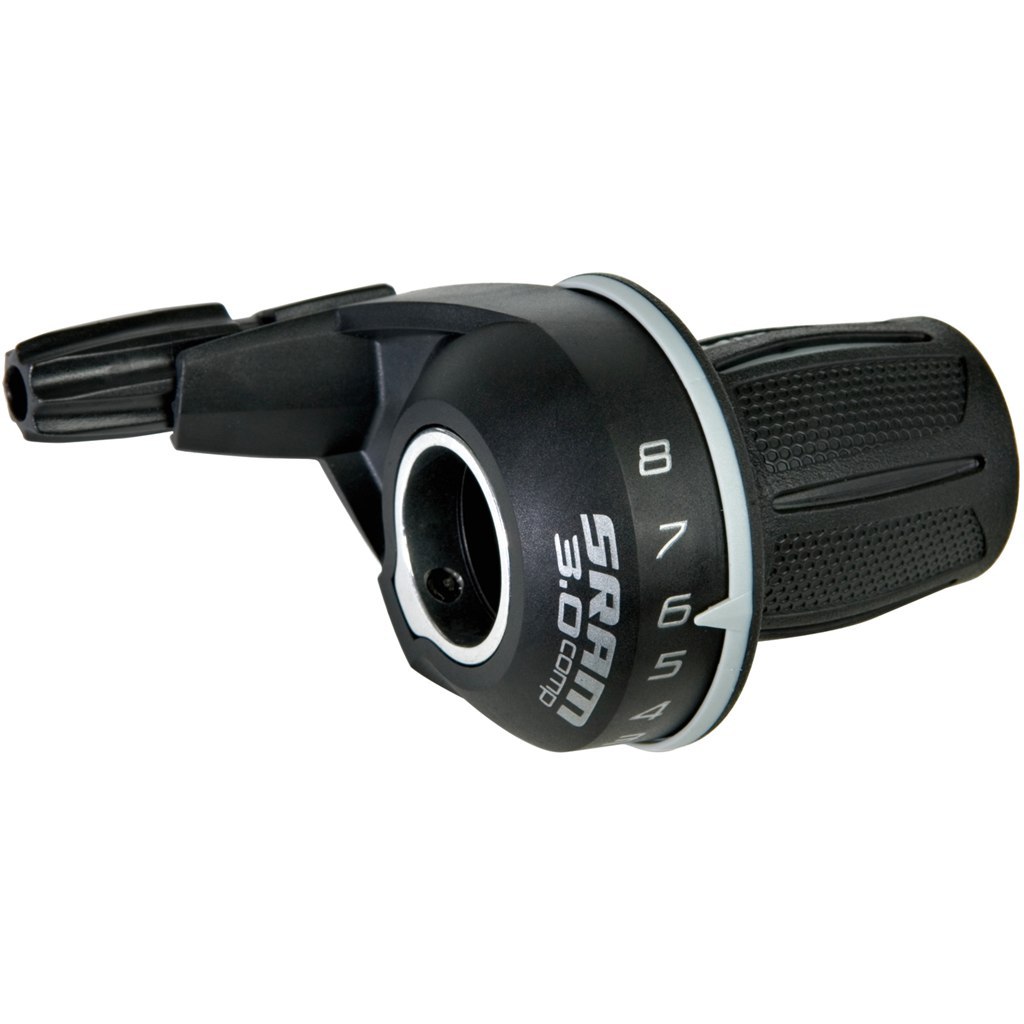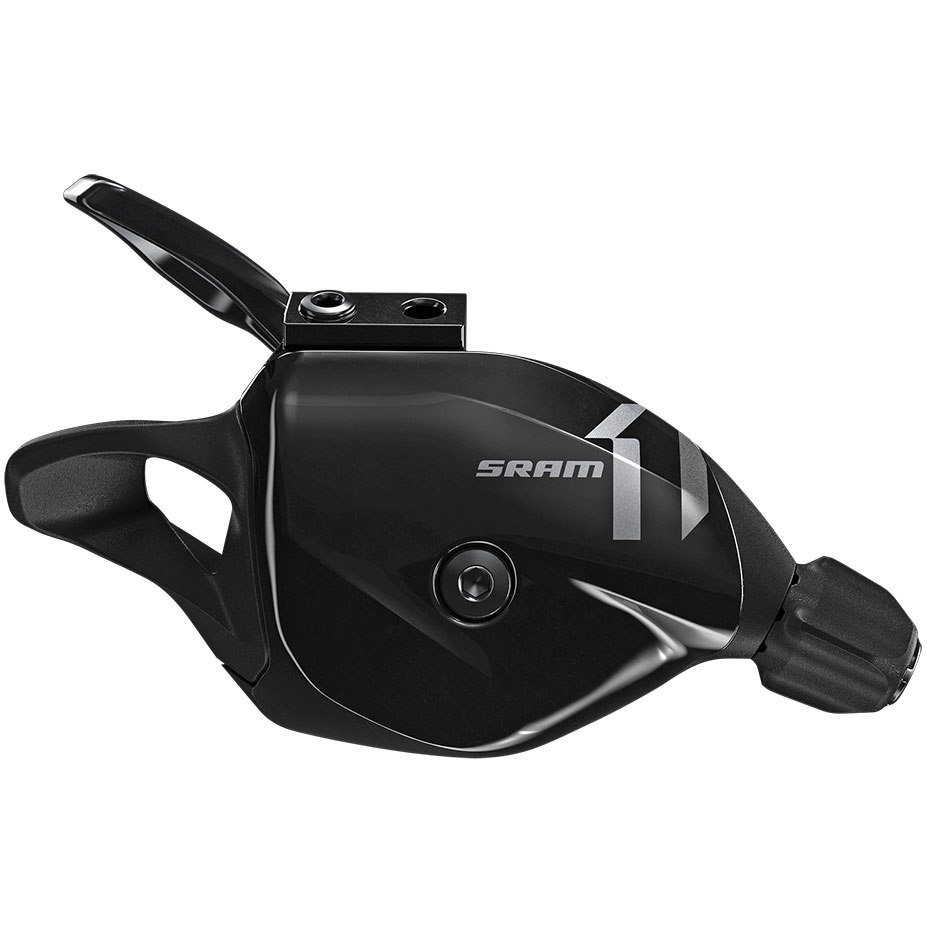- Home
- Cycling
- Parts
- Shifting Components
- Shifters
- MTB Shifters
MTB Gear Shifters – The Command Centre for Perfect Gear Changes
MTB gear shifters are one of the most important points of contact between a rider and their bike. They’re responsible for making sure gear changes are quick and sharp. Read on to find out more about the different types of mountain bike shifters and compatibility between shifters and gearing systems. You’ll also find out everything else you need to know for purchasing and setting up mtb shifters on your bike. Read more
Why Are Gear Shifters Such an Important Part of an MTB?
Whether you do technical trails, energy-sapping marathons or soulful free rides, you change gears much more often on a mountain bike than you do on any other kind of bicycle. The fun is quickly zapped out of every corner, ascent or descent if you’re not in the right gear. To top it off, there’s no other discipline that gets quite as rugged as mountain biking, so it’s even more important, and also challenging, to keep full control, not only of the bike, but also of the gears. That's why MTB's are equipped with a special version of gear shifters
That's why, MTB gear shifters face two challenges: they must enable sharp, quick gear changes and work with pinpoint accuracy in every situation with the rest of you bike gearing. At the same time, however, they mustn’t react every time they’re slightly brushed by mistake on technically challenging sections of the trail. Mountain bike gear shifters can, therefore, make the difference between victory and defeat, fun and frustration, in a matter of seconds. But don’t worry you’ll be able to find the right kind of gear shifters for any bike.
What Types of MTB Shifters Are Out There?
Mountain bikes, including e-mountain bikes, still mainly feature mechanical shifting. Only very few expensive top mtb groupsets have the option of electronic shifting. Shifters on mechanical MTB groupsets are connected to the front and rear derailleurs with gear cables, also known as Bowden cables (if your bike has a front derailleur, as they've gone rather out of fashion). By pressing on the gear shifter, the gear cable gets either shorter or longer using a route defined in the shifter’s mechanics. This moves the chain into the desired position in the front or rear derailleur onto the next cog or chain ring. Gear shifters are usually operated with your thumb and index finger. Twist-grip shifters are seen in very rare cases and involve changing gears by turning the entire grip shifter around the handlebars. This twisting motion either winds or unwinds the gear cable.
Top gear manufacturers also offer electronic mtb shifting components. This involves electronic impulses being sent to the gear components by wire or wirelessly. Small motors on the front and rear derailleurs then power the necessary movement. Electronic gear shifters for mountain bikes look similar and are also used similarly to most mechanical shifters. The difference: you don’t have to push the lever one way or the other, all it takes is a click. This makes things faster and is also more ergonomic.
MTB Gear Shifters: The Types Available
- Brands: US manufacturer SRAM and Japanese component specialist Shimano dominate the market when it comes to MTB groupsets. Some new brands have come onto the scene too and offer their own groupsets. The following rule of thumb applies: you have to have shifters and derailleurs from the same manufacturer, otherwise the gearing system won’t work.
- One or two shifters: The right gear shifter operates the rear derailleur and every mountain bike has one. The left gear shifter operates the front derailleur, so you only need one if your bike has a front derailleur and two or three chain rings.
- Mechanical or electronic: Mechanical shifting is the most popular and uses a Bowden cable fitted into the shifter mechanism. For some years now, large gear suppliers have also stocked electronic gearing systems as part of their range, and they require corresponding electronic shifters. One advantage here is wireless transmission, so there are fewer mechanical Bowden cables on your bike.
- The number of gears: When buying MTB gear shifters, you should make sure that the shifters and front and rear derailleurs have been designed for the same number of gears. Top modern MTB groupsets will have eleven or twelve-speed derailleurs, whilst older or more affordable derailleurs will have fewer speeds. Front derailleurs are designed for two or three chain rings.
What Else Should I Look Out for When Shopping for Shifters for MTBs?
As we’ve already mentioned, gear shifters and the used mtb rear derailleurs should all come from the same manufacturer. You should also make sure that the shifter uses the right number of gears and electronic gearing systems obviously require electronic shifters. Large gear part suppliers often stock a variety of groupsets, which begs the question: do my shifters and front and rear derailleurs all have to come from the same groupset? Whilst groupset manufacturers do recommend this, components from different groupsets produced by one single manufacturer will actually work in combination – you just have to make sure that they’re all set up for the same number of gears.
MTB Gear Shifters: A Summary to Choose the Right One
- MTB gear shifters come in a variety of models and designs. The right ones for you depend on your personal preferences and riding style.
- Mountain bike shifters should always come from the same manufacturer as the front and rear derailleurs.
- The shifter should always use the same number of gears as the front or rear derailleur it operates.
- The gear shifter and front or rear derailleur do not necessarily have to come from the same groupset, but gear manufacturers do recommend this.
